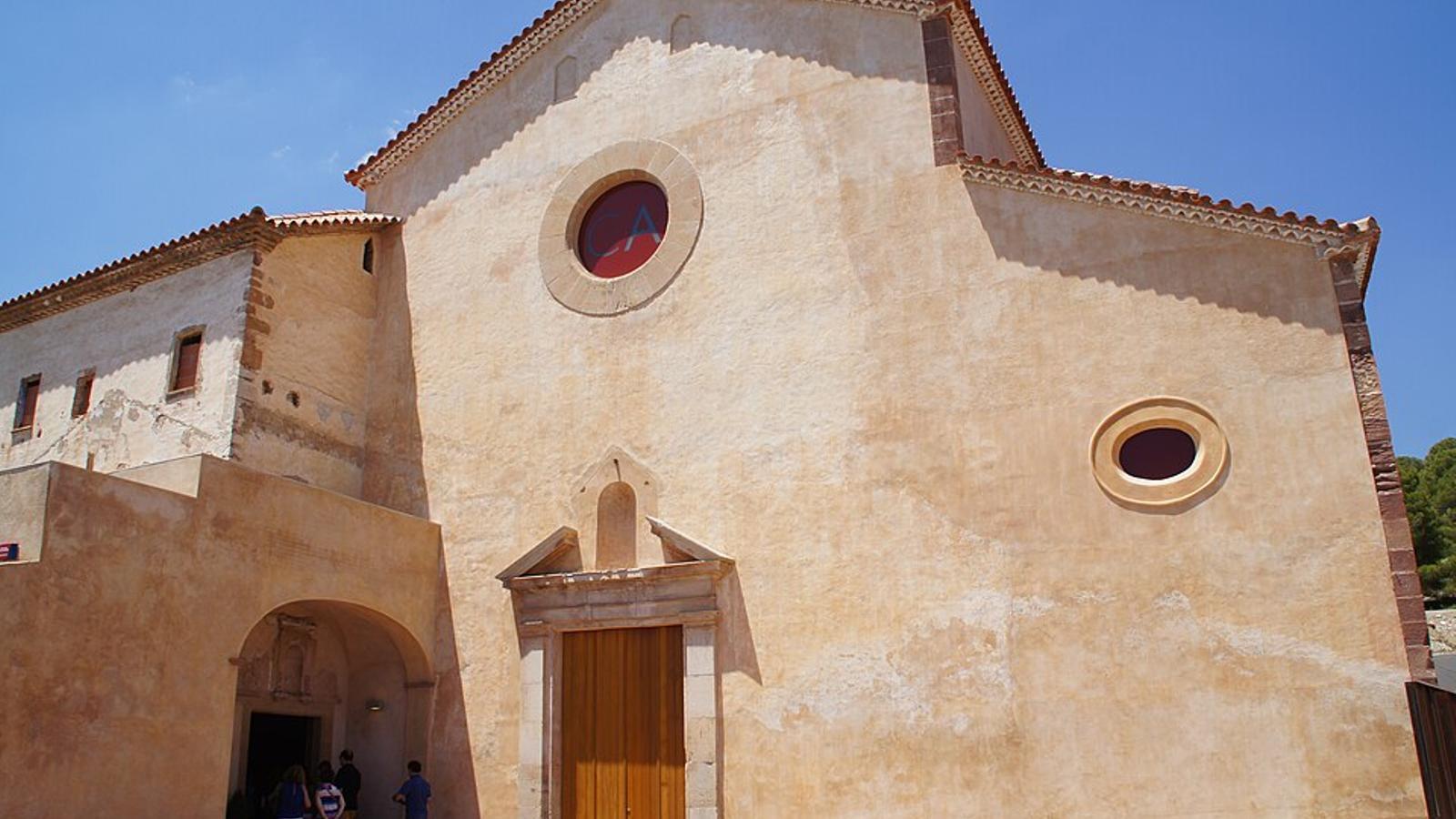The Convent of Santa Anna and the Arts


In the traffic of the Campo Maritimo in the mountains, the C-14 is the border. The exact point where we pass from one landscape to the other is probably when the road reduces from four to two lanes at the height of Alcover.
Although our attention is often focused on the radar on this stretch, the view—for many—is captivated by the familiar. skyline of this village in Alt Camp: the unfinished bell tower, the houses that are familiar to us and the great complex of the convent of Santa Anna, now known as Convent de les Arts.
This imposing stone building, which so many Andorrans, Aragonese and Camptarraconenses have seen restored on the way to the coast, was erected by our ancestors over more than four centuries. The beginning of its construction dates back to 1582, when the Observant Franciscans settled there, on the site of an old chapel dedicated to Saint Anne.
During the 17th century, the convent adopted the appearance that it still preserves: a Baroque complex made up of all the spaces typical of a religious community – church, cloister, refectory, dormitories, workshops... – and a library of great importance due to its size and collection.
As was the case with other monasteries in the Camp, the 19th century dealt a severe blow to its heritage, especially with the confiscations of church property, and that of Mendizábal was the most devastating. Afterwards, the convent lived multiple lives: a hospital for the poor, a home, a school, a textile factory, and even a Civil Guard barracks until 1973. A similar journey to that of other emblematic buildings in the area.
After a long period of abandonment between the end of the 20th century and the beginning of the 21st, the building was revived thanks to a Master Plan drawn up in 2008. In 2014, the convent changed its name to become the Convent of the Arts, a cultural space with a stable creative program.
Despite the renovation, the complex retains numerous original elements: sculptural decoration on some facades, painted altarpieces in chapels converted into auditoriums, the cloister well... A new life has been given to that ghostly silhouette we saw from the road. Now, that stone beacon shines again, not only as a spiritual reminder of the past, but as a cultural center of the present.
